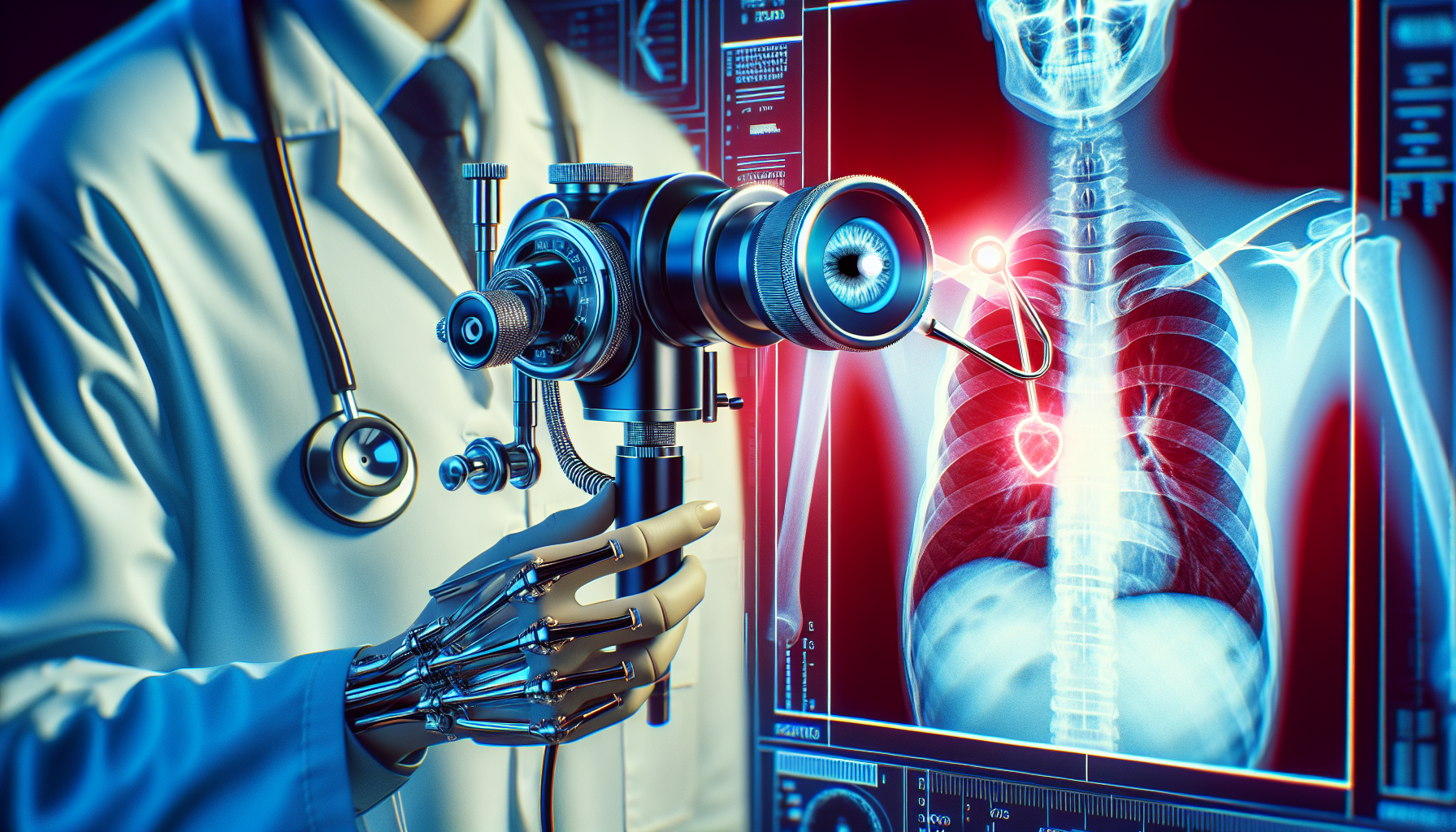Artificial intelligence (AI) is revolutionizing the field of medicine, particularly in the diagnosis of complex health conditions. One such innovation comes from Ngan Le, an assistant professor of computer science and computer engineering at the University of Arkansas, who along with her team, has developed an AI framework that can accurately and transparently interpret chest X-rays. This breakthrough, named ItpCtrl-AI, is not just about getting the diagnosis right, but also enabling the understanding of how the AI system reaches its conclusion.
ItpCtrl-AI, or interpretable and controllable artificial intelligence, was designed to mimic the examination process of a radiologist. During the development phase, the team recorded the gaze of radiologists as they studied chest X-rays, focusing on where they looked and the duration of their focus on particular areas. This information was then used to create a heat map that guided the AI in identifying abnormalities and sections requiring less attention.
This transparent approach to AI diagnosis is crucial for several reasons. Firstly, it allows researchers to adjust and correct the AI system to yield more precise results. Moreover, in a healthcare context, it fosters trust in AI-assisted diagnosis among doctors and patients. As Ngan Le points out, “When people understand the reasoning process and limitations behind AI decisions, they are more likely to trust and embrace the technology.”
The transparency of such an AI system is also critical from a legal and ethical standpoint, especially in high-stake fields like medicine, autonomous vehicles or financial markets. Knowing how ItpCtrl-AI works allows doctors to take responsibility for its diagnosis. Furthermore, understanding the decision-making process of an AI system ensures its fairness, unbiasedness, and alignment with societal values.
The team, in collaboration with the MD Anderson Cancer Center in Houston, is currently working on refining ItpCtrl-AI to interpret more intricate, three-dimensional CT scans. The contributors to this groundbreaking research include Trong-Thang Pham, a Ph.D. student in Le’s Artificial Intelligence and Computer Vision Lab, Jacob Brecheisen, a U of A undergraduate, and radiologist Arabinda Choudhardy of the University of Arkansas Medical Sciences.
As an ophthalmologist and the director of Shankar Netrika Eye Centre in Mumbai, I am continually exploring the latest developments in eye care and related technologies. For more information on eye care developments or to schedule an eye exam or consultation, visit https://shankarnetrika.com/ or call Dr. Navin Kumar Gupta at 9920044620.

Comments are closed for this post.